Calvinist church in Nagyszekeres
Hungary
The rivers Tisza, Szamos and Kraszna brought both protection and destruction to the Upper Tisza region. In the arms of the rivers, the swamp world that came to existence due to inland waters and floods provided shelter against the hosts coming from Asia and Europe. The regions of Szatmár-Bereg, Rétköz and Nyíri-Mezőség were the empires of the waters until the 19th century, when the regulation of rivers began. Despite the difficulties, the empire of the waters and the swamp world provided protection. This fact makes the built heritage of the region unique, as due to that isolation, the heritage of the Middle Ages had a chance to survive those bloody times. The wide range of medieval churches and the small village settlement structure, which is unique in the Great Plain, are traces of that. An ultimate trace of that swamp world can be seen in the surroundings of the Reformed church in Nagyszekeres.
The church dedicated to the Virgin was built on a small island surrounded by the streams Gőgő and Szenke. According to its name, which has been known since the late 12th century, the village was inhabited by royal servants, coachmen. Originally, the 15th century late Gothic style building also provided protection functions. In the past, a wooden bridge led to the island, and until the 18th century, it could only be approached by that. In those days, the island was surrounded by a palisade. In the Middle Ages, and also during the Turkish occupation, Nagyszekeres was located along a very important trade route that linked Transylvania with northeastern mountain locations. As a result, the relatively largely populated village suffered a lot, and in the late 16th century and the 17th century, it became a victim of raids many times. Perhaps, the only exception was the church built on the small island, which provided protection against the smaller raids. However, neither the water nor the determination of the people of the village was able to repulse the significant attacks.
In 1717, the village was ravaged and burned down by the Tatars, and those escaping to the church were all killed. The degree of devastation was massive. In character, the Tatar raids in 1717 were similar to the Tatar invasion of 1241. Fire walked with them everywhere. Everything was taken. Those who were able to work were collected from the villages and the fields, and tied. The elderly, the armed and those escaping to churches were all slaughtered.
The structure of the church in Nagyszekeres features the traditions of Szatmár in the late Gothic period. Its nave and sanctuary are surrounded by two-stage buttresses, and its southern and southeastern facades feature Gothic windows. On the axis of the western facade of the church, under the part of the building connecting the bell tower and the church, its stone-carved entrance gate can be observed. The multi-level richly divided “crown” of the pulpit was created in 1773. Its gallery originates from 1783. The western side of the church is guarded by the wooden bell tower created in the 18th century, which is attached to the entrance by a hall-like baroque porch. The thick wooden bell tower is surmounted by four turrets, and is covered with wooden shingles. Supposedly, it was created in the late 18th century. Its one hundred kilogram bell was molded in 1802.
In most of our Gothic churches, the original vaults made of stone and brick did not manage to survive the centuries. (e.g. the Reformed church of Kölcse, the Reformed church of Sonkád) Their destruction may have had several reasons: deficiencies occurring during the construction process, the later decay of the church’s condition, natural disasters, fire, or significant earthquakes. As an illustration, due to the earthquake in 1834, the original medieval coverings of several churches collapsed. Following their damage or destruction, most of the vaults were not restored due to the lack of financial resources on the one hand, and to the lack of competence on the other. As a solution, they were mostly replaced by more simple structures in the form of flat- or cassette-style ceilings made of wood. The medieval vault of the sanctuary in the church of Nagyszekeres was also destroyed somewhere in the New Age.
The reconstruction of the medieval vault required competence in addition to other factors. Thank God, it was possible to identify the exact locations of the original consoles and wall columns. The identification process was also supported by the identification number that the stonecutters had carved into the tops and bottoms of certain elements so that the masons would be able to determine their exact positions. The church was restored between 1984 and 1986 by the National Office of Cultural Heritage. On the basis of the stone elements, which were found during the excavations prior to the reconstruction process, several concepts concerning the restoration of the vault were born. Out of those concepts, the seemingly most authentic was partially implemented with the use of the original elements. The spaces of the network of ribs were not bricked, that is, the so-called vault caps, which originally were compulsory elements of the vault, were not reinstalled.
The form of the constructed vault was widespread in certain regions of Central Europe in the 15th century and the early 16th century. In addition, several examples of this are also known in the territory of the Kingdom of Hungary.
The Calvinist congregations had strengthened by the end of the 18th century, so there were painted furniture in every churches across the Upper-Tisza region, eg: the table of the lord, the pulpit, and generally the wooden ceiling, the gallery, the clerical chairs and the benches. Their producers today are called painter-joiners, they were actually carpenters, who could decorate their works with painting. Gábor Ódor Vasvári was the most employed joiner-painter of the region, he made the pulpit in Nagyszekeres in 1773, and the gallery as well, but only 10 years after.
All sights in this country
-
Calvinist church in Csegöld →
Hungary
-
Calvinist church in Csenger →
Hungary
-
Calvinist church in Csengersima →
Hungary
-
Calvinist church in Kisszekeres →
Hungary
-
Calvinist church in Nagygéc →
Hungary
-
Calvinist church in Szamostatárfalva →
Hungary
-
Calvinist church in Tiszakóród →
Hungary
-
Reformed Church of Ajak →
Hungary
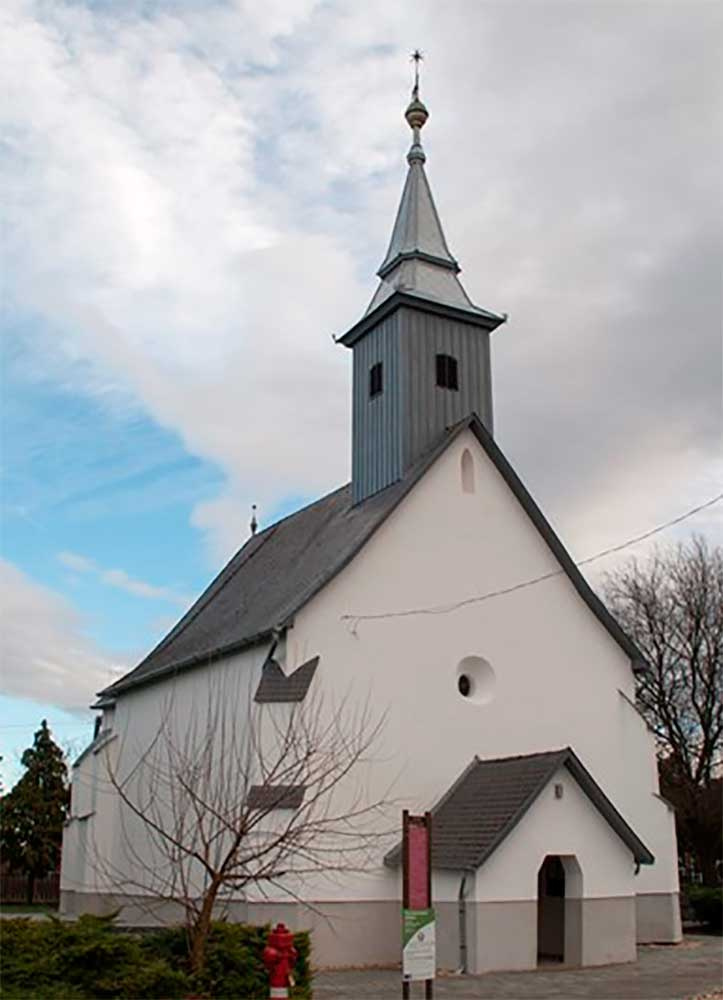
-
Reformed Church of Csaroda →
Csaroda / Hungary
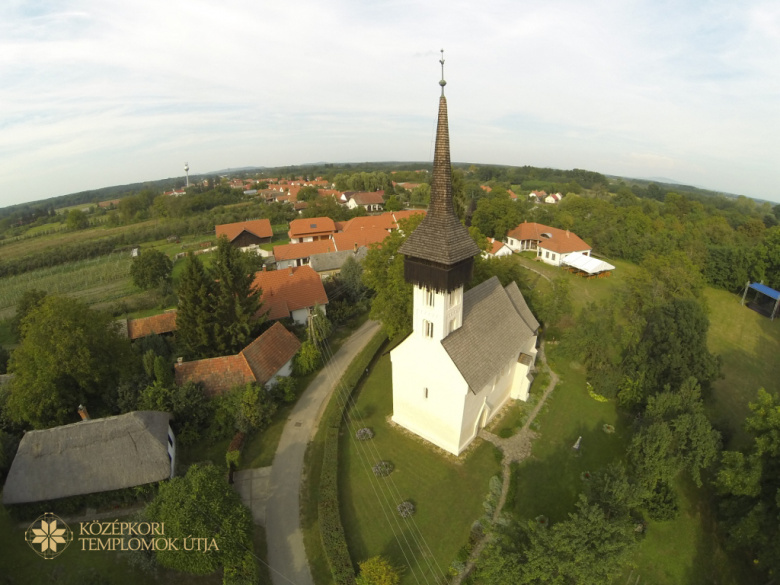
-
Reformed Church of Gyügye →
Hungary

-
Reformed Church of Kölcse →
Hungary
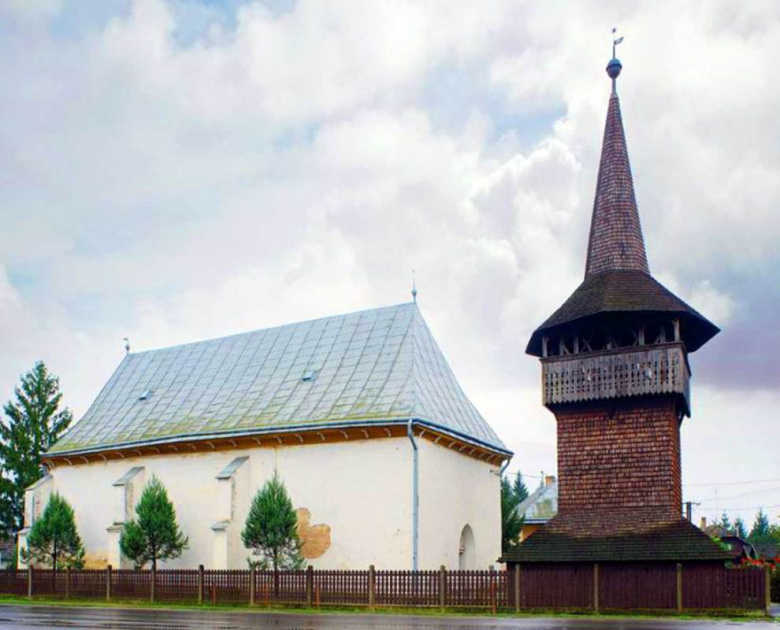
-
Reformed Church of Márokpapi →
Hungary
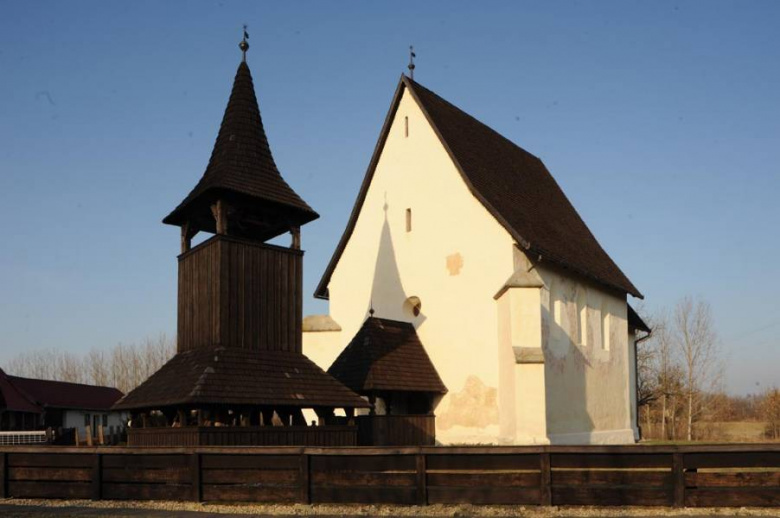
-
Reformed Church of Sonkád →
Hungary
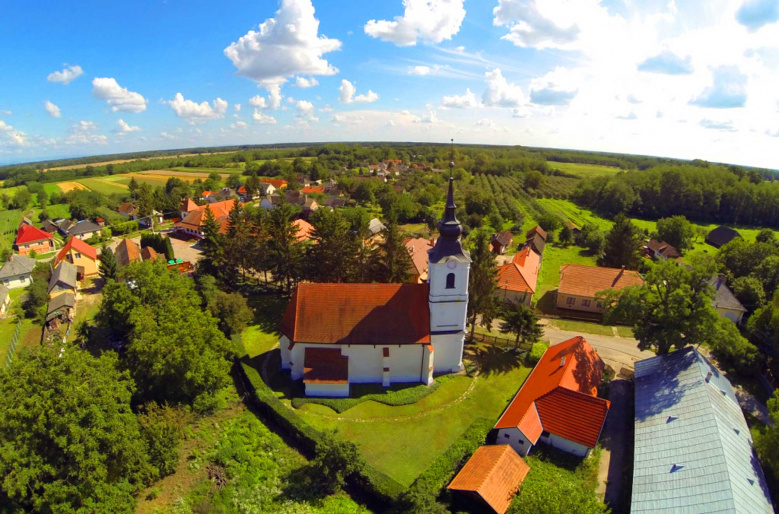
-
Reformed Church of Szamosújlak →
Szamosújlak / Hungary
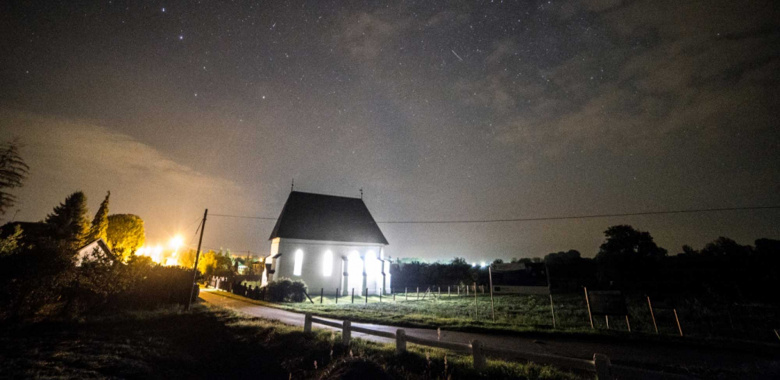
-
Reformed Church of Tákos →
Hungary
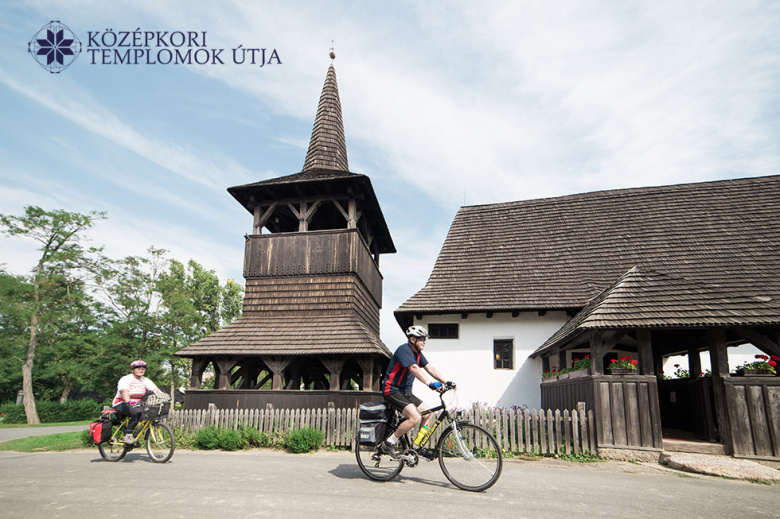
-
Reformed Church of Túristvándi →
Hungary
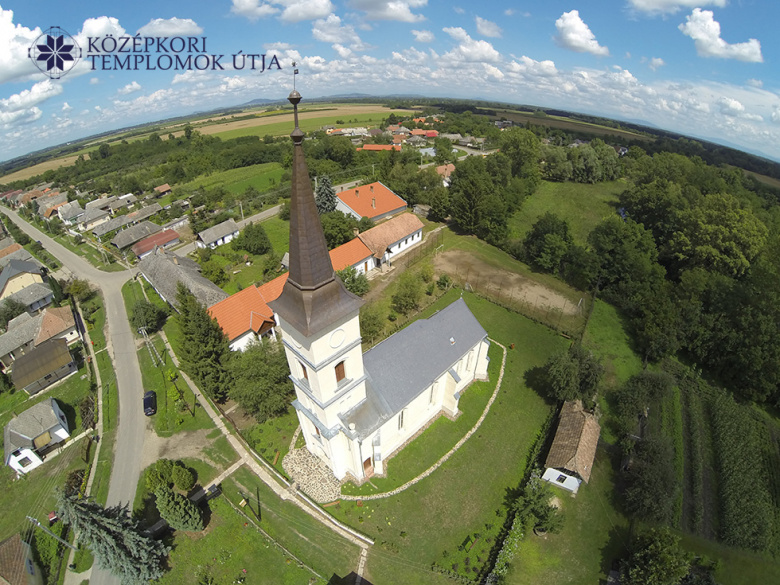
-
Reformed Church of Vámosatya →
Hungary
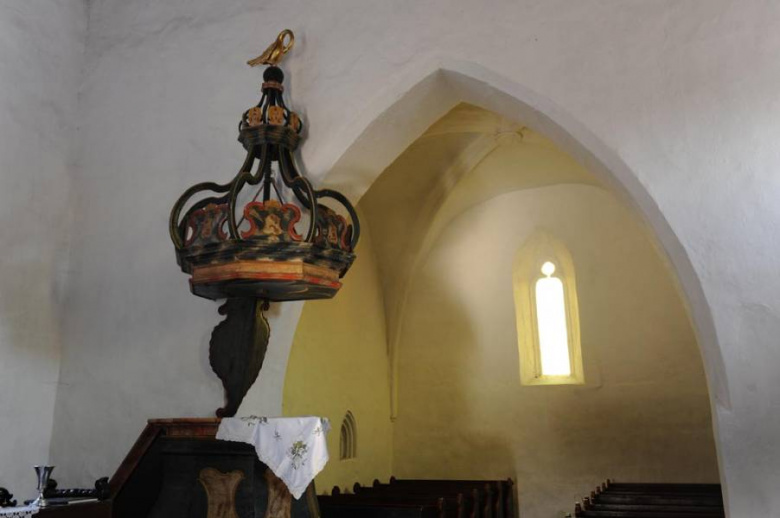
-
Reformed Church of Vámosoroszi →
Hungary
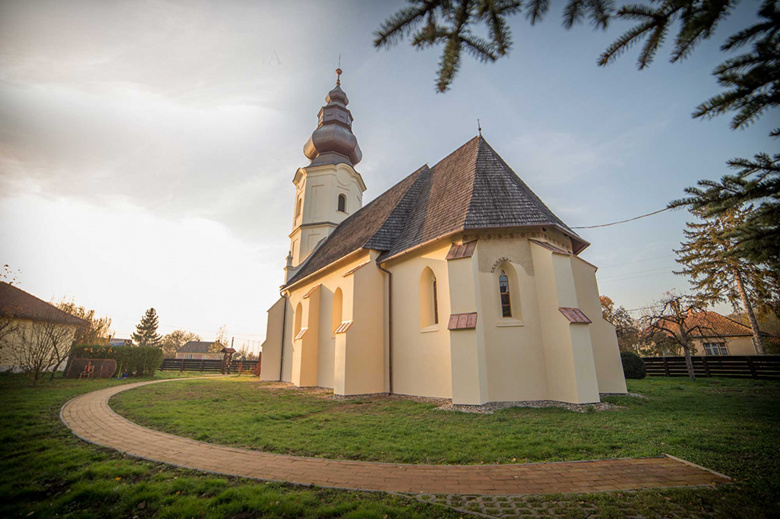
-
Roman Catholic church in Jánkmajtis →
Hungary
-
The Medival Church Route →
Hungary